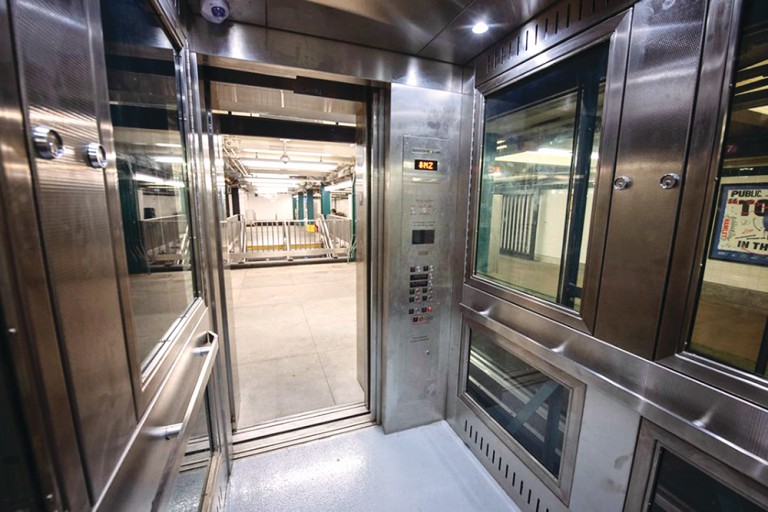By Forum Staff
Governor Kathy Hochul and the Metropolitan Transportation Authority on Thursday celebrated the accelerated pace of completion of accessibility projects across the New York City subway system with the opening of another fully accessible station, Grand St L station in Williamsburg, Brooklyn – the fourth across the transit system in 2023. The opening followed a summer in which significant progress was made on accessibility improvements. In July, the MTA marked Disability Pride Month with the opening of three fully accessible stations: Court Square G station in Long Island City, Dyckman St 1 station in Upper Manhattan, and 8 Av N station in Brooklyn.
According to the agency, the pace in which the MTA is awarding contracts for accessible projects is five times what it was before 2020. The MTA has awarded contracts for 13 stations in 2020, 10 stations in 2021, 13 stations in 2022, and previously announced its plan to award contracts for 17 stations by the end of the year.
During the height of the COVID-19 pandemic when ridership significantly decreased, the MTA prioritized expanding accessibility improvements in the subway by completing 15 accessibility projects. Following today’s announcement, there are 142 accessible stations and 30 stations in construction for accessibility upgrades, eight of which are expected to be complete by the end of 2023. Those stations are:
- 181 St A line
- Tremont Av B, D
- E 149 St 6
- Lorimer St L
- Metropolitan Av G
- 7 Av F, G
- Beach 67 St A
- New Dorp SIR
The Grand St L station accessibility project was funded by a grant provided by the Federal Transit Administration and completed as part of a design-build package of eight stations throughout the subway system, the first such bundle undertaken by MTA Construction & Development to deliver accessibility upgrades better, faster, and cheaper. The remaining stations from that bundle are projected to open later this year.
The 2020-2024 MTA Capital Plan includes a historic investment of $5.2 billion to make 67 subway stations ADA accessible, more than any capital plan in the MTA’s history and more than the last three capital plans combined. In addition, the Authority is delivering accessibility projects at an unprecedented pace, completing 21 ADA stations since 2020, double the number of ADA stations completed in the previous six years.
In July, the MTA also began rolling out innovative new wayfinding features across 11 subway stations and 24 stops along the M60 bus route in Manhattan. These tools include:
- Floor decals on subway platforms that indicate accessible boarding areas;
- Tactile subway line maps for customers with visual disabilities;
- NaviLens wayfinding signage. NaviLens is an app that uses unique codes, similar to QR codes, to provide audio and visual wayfinding guidance and arrival status information, in upwards of 40 languages. The app was tested in 2019 at Jay St-MetroTech station and on the M23 bus route.
“When it comes to accessibility, the MTA is delivering on an unprecedented commitment—both in terms of dollars or number of stations—and we are going to keep going at the same pace and level of investment until we achieve full accessibility,” MTA Chairman and CEO Janno Lieber said.

